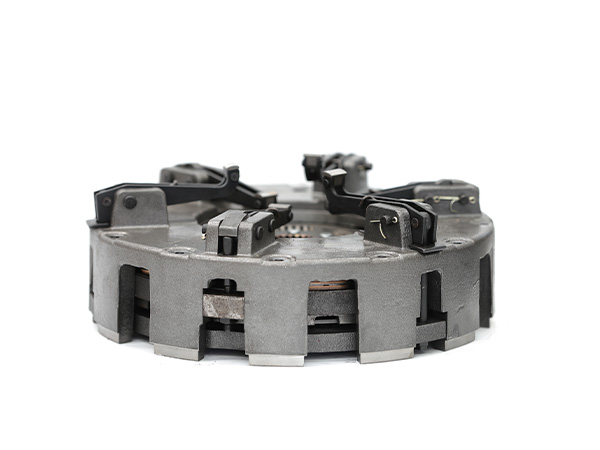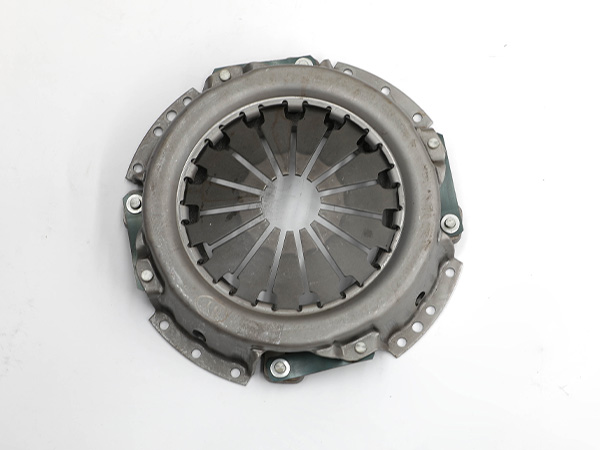A tractor clutch assembly is a critical component of the tractor’s drivetrain system, allowing the driver to engage and disengage power from the engine to the transmission. It’s a complex system consisting of several components that work together to facilitate smooth and controlled power transfer. The specific components included in a tractor clutch assembly can vary depending on the tractor’s design and transmission type, but here are the main components commonly found in a tractor clutch assembly:
Clutch Disc: The clutch disc, also known as the friction disc or clutch plate, is a circular component that’s located between the flywheel and the pressure plate. It has friction material on both sides that engages with the pressure plate and the flywheel. When the clutch is engaged, the clutch disc is pressed against the flywheel to transfer power from the engine to the transmission.
Pressure Plate: The pressure plate is a circular plate that applies pressure to the clutch disc when the clutch pedal is released. This pressure ensures that the clutch disc is firmly engaged with the flywheel, allowing power transfer.
.jpg)
Flywheel: The flywheel is a heavy, circular disc mounted on the engine’s crankshaft. It provides inertia and helps smooth out engine power delivery. The clutch disc engages with the flywheel, allowing power transfer from the engine to the transmission.
Clutch Release Bearing (Throw-out Bearing): The release bearing is a bearing that applies pressure to the diaphragm spring of the pressure plate. When the clutch pedal is depressed, the release bearing disengages the clutch by releasing pressure from the pressure plate.
Clutch Fork: The clutch fork is a lever that’s actuated by the clutch pedal through a mechanical linkage or hydraulic system. When the clutch pedal is depressed, the clutch fork moves the release bearing against the pressure plate’s diaphragm spring, disengaging the clutch.

Pilot Bearing/Bushing: This bearing or bushing supports the transmission input shaft and allows it to rotate smoothly when the clutch is engaged. It’s usually located in the center of the flywheel.
Clutch Housing/Cover: The clutch housing or cover encloses the clutch assembly and provides protection. It’s typically attached to the engine and also serves as a mounting point for the pressure plate and release bearing.
Clutch Pedal and Linkage: The clutch pedal is the driver’s interface for engaging and disengaging the clutch. The pedal is connected to the clutch fork through a mechanical linkage or a hydraulic system, depending on the tractor’s design.

Clutch Alignment Tool: When installing a new clutch, an alignment tool is often used to ensure the proper alignment of the clutch disc with the flywheel and pressure plate.
Release Mechanism: In some tractors, there might be a lever or mechanism for manual disengagement of the clutch, especially in older or simpler models.
These components work in harmony to engage and disengage the power transfer between the engine and the transmission. Proper maintenance and adjustment of the clutch assembly are essential for optimal tractor performance and longevity.

-80x80.jpg)
